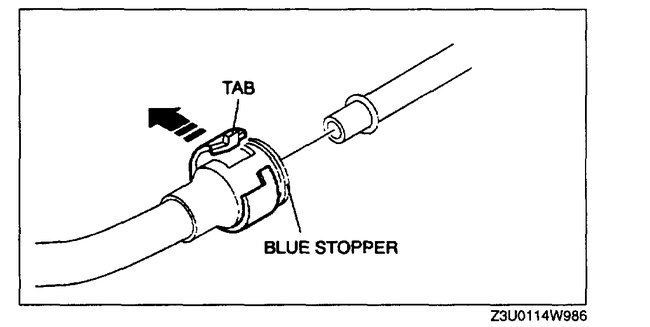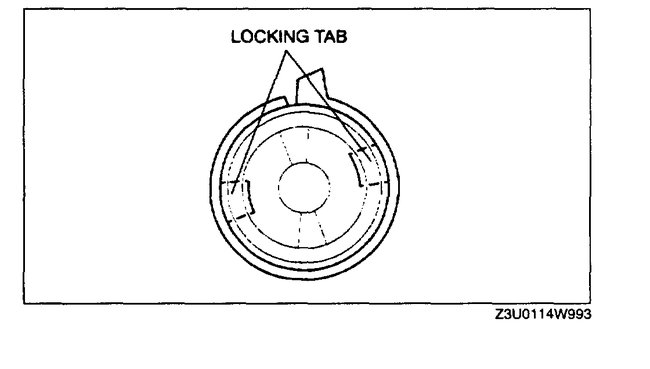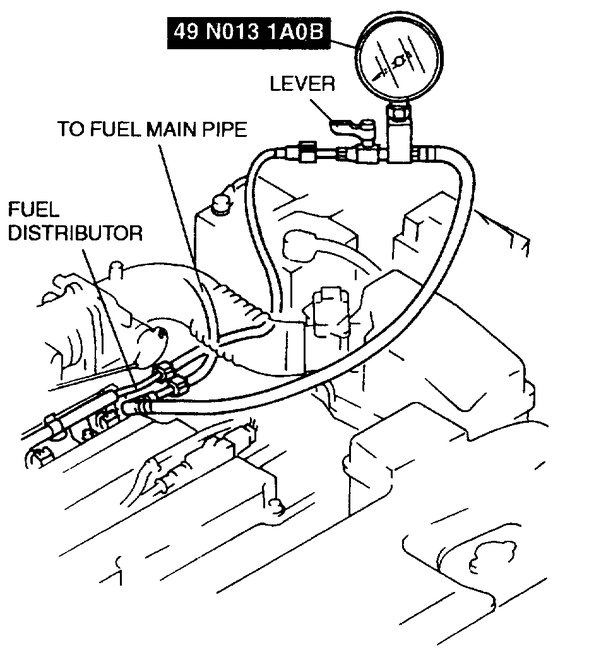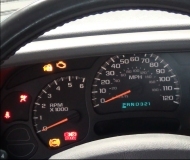Welcome to 2CarPros.
When you hold the pedal to the floor, it allows air to enter the engine, but it also shuts down the fuel injectors. With that in mind, it sounds like it is flooding after it sits which can be the result of high fuel pressure, leaking injector, and so on.
Is the check engine light staying on? If it is, you need to scan the computer to identify diagnostic trouble codes are stored in the system. Here is a video that shows how that is done:
https://youtu.be/b2IJGfImVvw
I realize most people don't own a scanner. However, most parts stores will do it for you free of charge. So have that done.
Next, we will need to check fuel pump pressure to make sure it is within the manufacturer's specs. Here is a link that shows how that is done:
https://www.2carpros.com/articles/how-to-check-fuel-system-pressure-and-regulator
Here are the directions specific to your vehicle. The attached pictures correlate with these directions. Also, the manufacturer's specs are included in the directions.
________________________________
FUEL PRESSURE INSPECTION
WARNING: Fuel line spills and leakage are dangerous. Fuel can ignite and cause serious Injuries or death. Fuel can also Irritate skin and eyes. To prevent this, always complete the "BEFORE REPAIR PROCEDURE". (See BEFORE REPAIR PROCEDURE.)
CAUTION: Disconnecting/connecting the quick release connector without cleaning it may possibly cause damage to the fuel pipe and quick release connector. Always clean the quick release connector joint area before disconnecting/connecting, and make sure that it is free of foreign materials.
1. Disconnect the battery negative cable.
2. Disconnect the quick release connector from the fuel tank as follows.
Picture 1
2. Lift the tab on the locking coupler until the fuel line can be released.
3. Pull the fuel hose straight back.
NOTE
The stopper may be removed from the quick connector.Take care not to loose it. Reinstall it to the quick release connector before reconnecting the fuel line.The locking coupler has two internal locking tabs witch retain the pulsation damper pipe. Be sure that the tabon the locking coupler is rotated until it stops to release two internal locking tabs.
Picture 2
3. Push the SST quick release connector into the fuel distributor and fuel main hose into the SST until a click is heard.
Picture 3
4. Turn the lever on the SST as shown.
5. Connect the battery negative cable.
6. Verify that selector lever is in N range.
7. Start engine and let it idle. Measure the fuel line pressure
- If not as specified, inspect the following:
Zero or low
- FP circuit
- FP
- Fuel line (clogged)
- Fuel leakage inside pressure regulator
High
- Pressure regulator for high pressure cause
Fuel line pressure:
0.42 - 0.46 MPa 4.3 - 4.6 kgf/sq.cm, 61 - 66 psi
7. Observe the fuel pressure gauge indicator during heavy acceleration.
8. Verify that the fuel pressure fluctuation is within the specification during the test.
- If not as specified, inspect the following:
- PCM
- FP
- Pulsation damper
- Fuel line for improper routing, kinks or leakage
Fuel pressure fluctuation:
0.42 - 0.46 MPa 4.3 - 4.6 kgf/sq.cm, 61 - 66 psi
9. Turn the ignition switch to the LOCK position.
10. Measure the fuel hold pressure after 5 min.
- If not as specified, inspect the following:
- FP hold pressure
- Fuel injector for leakage
- Fuel line for improper routing, kinks or leakage
Fuel hold pressure
More than 0.176 MPa 1.79 kgf/sq.cm, 25.5 psi
11. Disconnect the SST and connect the fuel pipe. (See FUEL INJECTOR REMOVAL/INSTALLATION.)
12. Complete the "AFTER REPAIR PROCEDURE". (See AFTER REPAIR PROCEDURE.)
_____________________________________
Let me know if this helps or if you have other questions.
Take care,
Joe
Images (Click to make bigger)
Tuesday, March 19th, 2019 AT 6:26 PM







